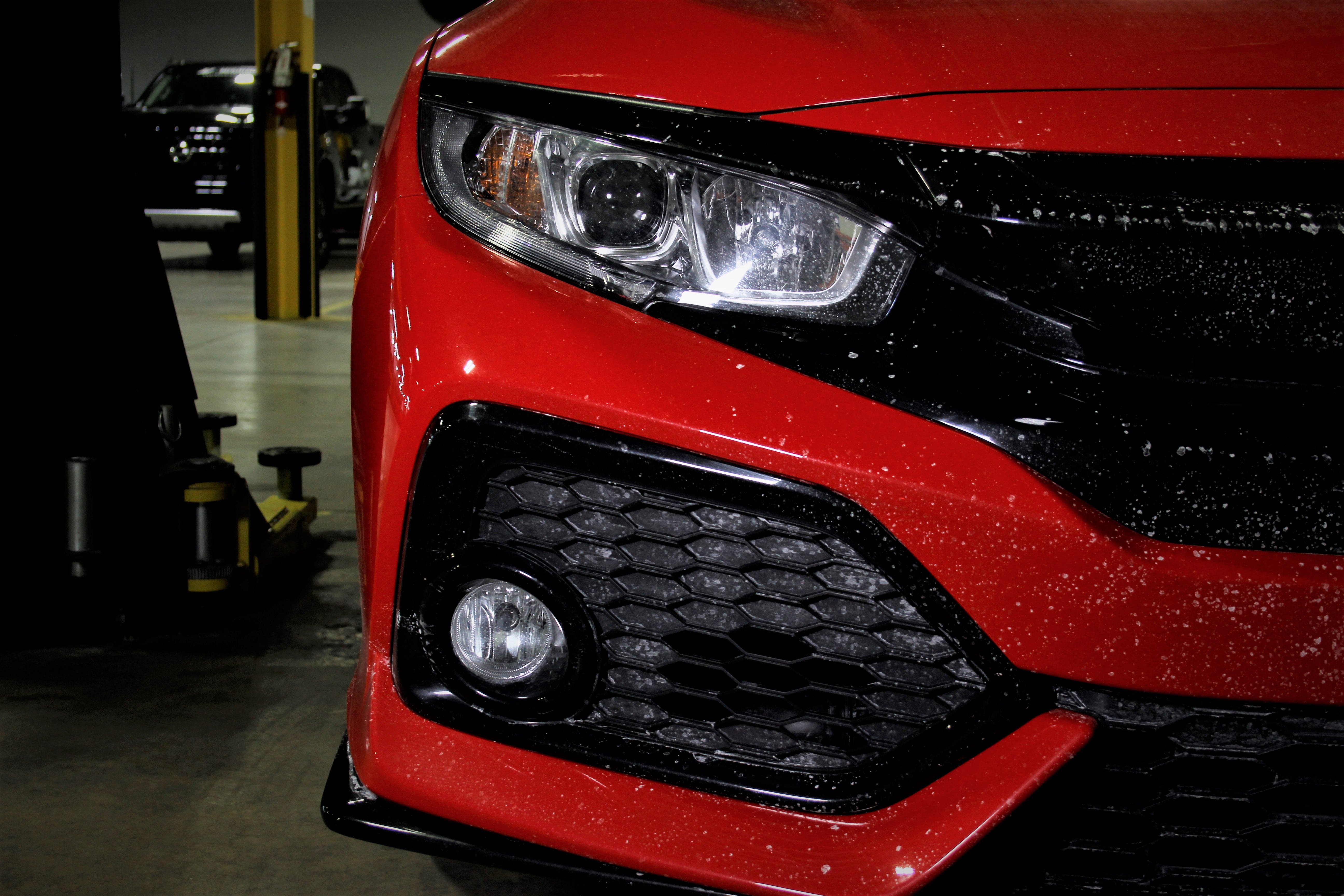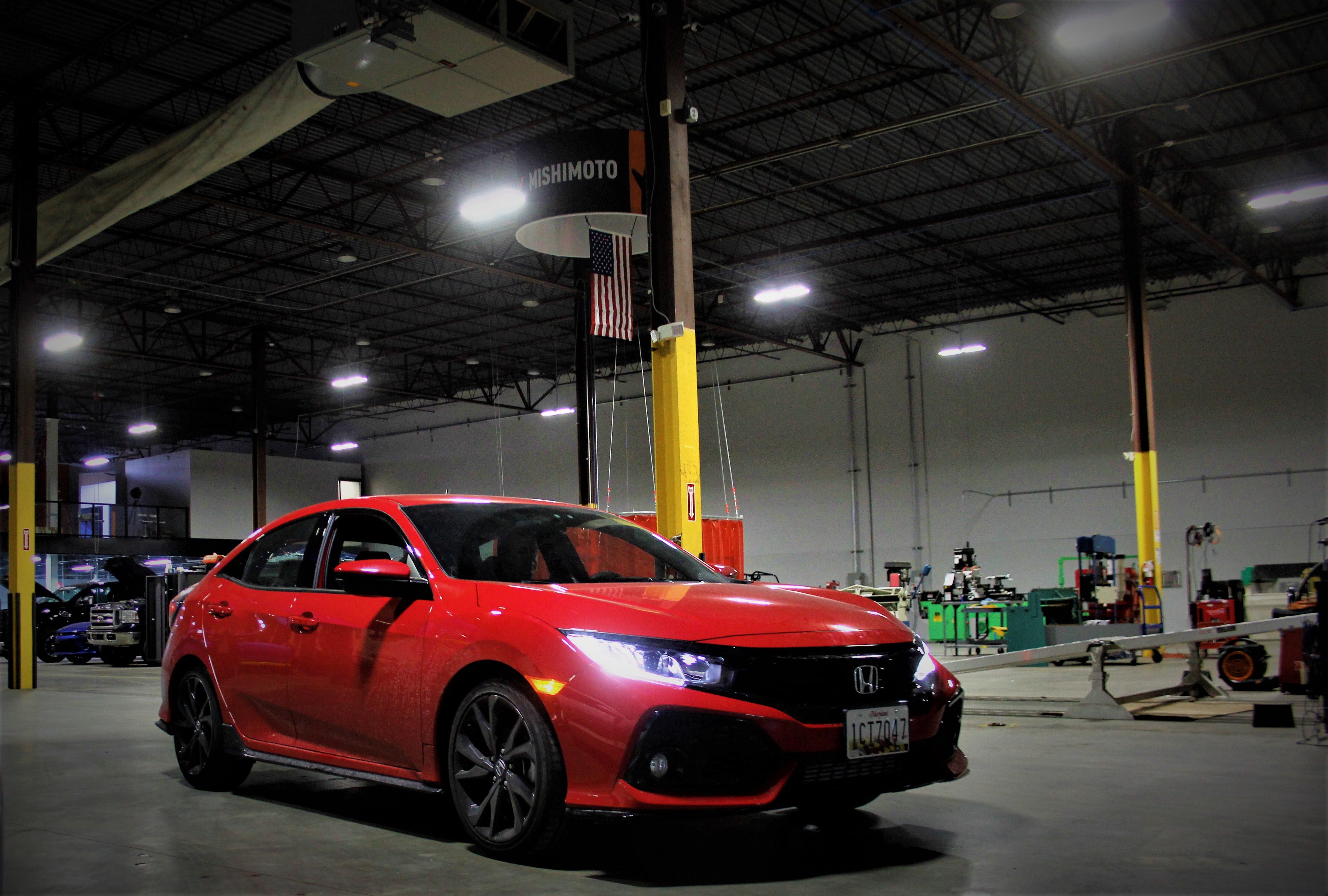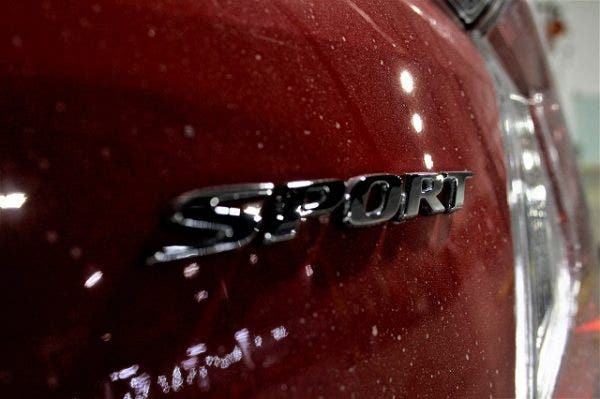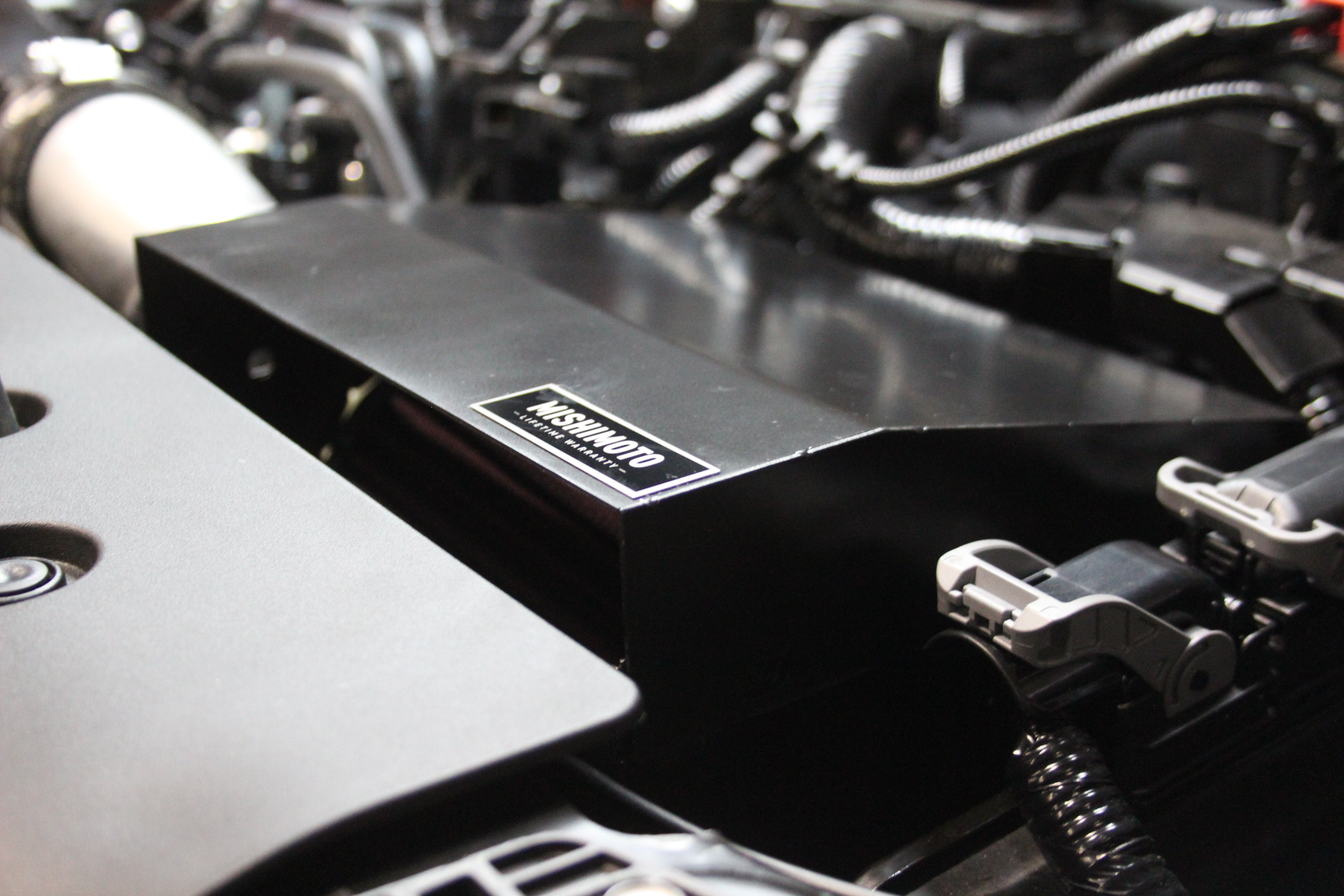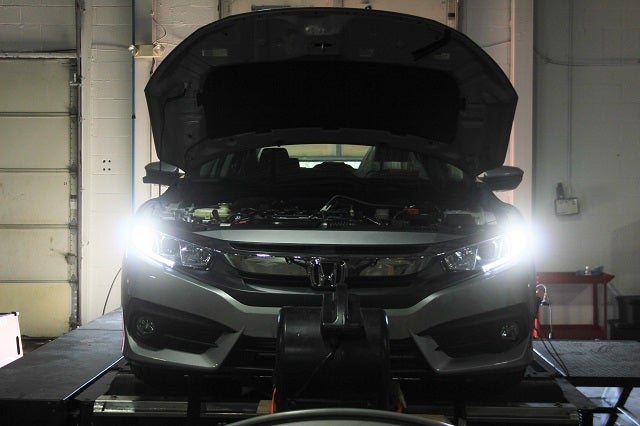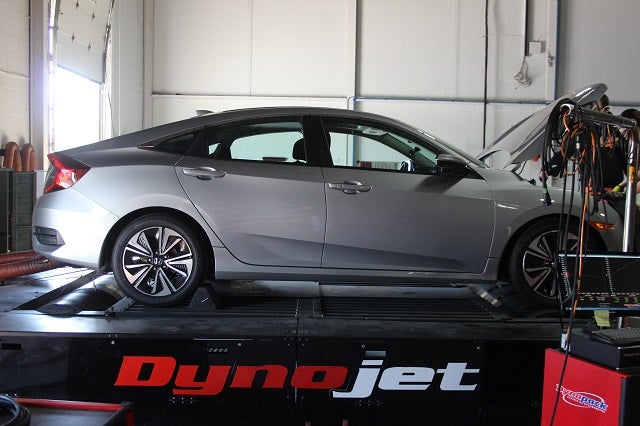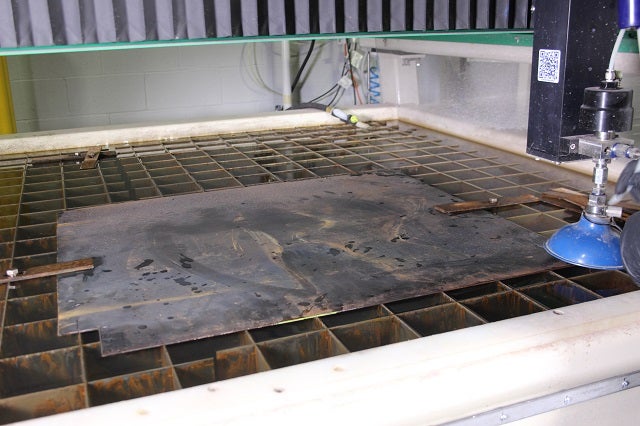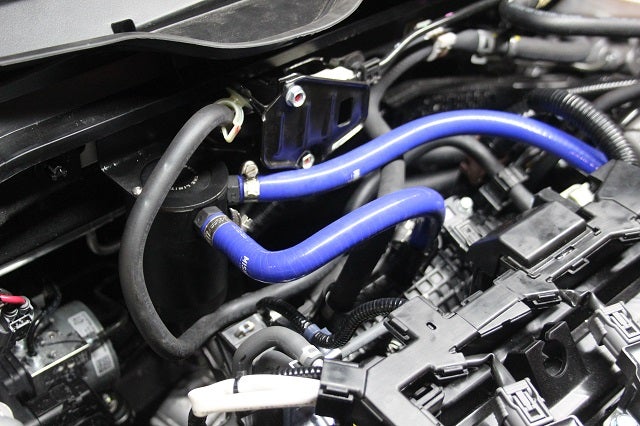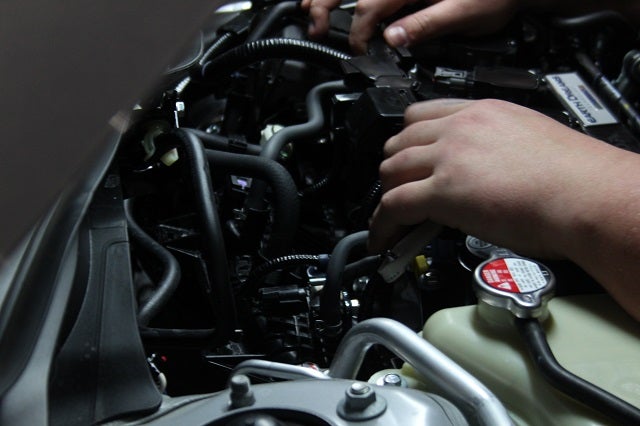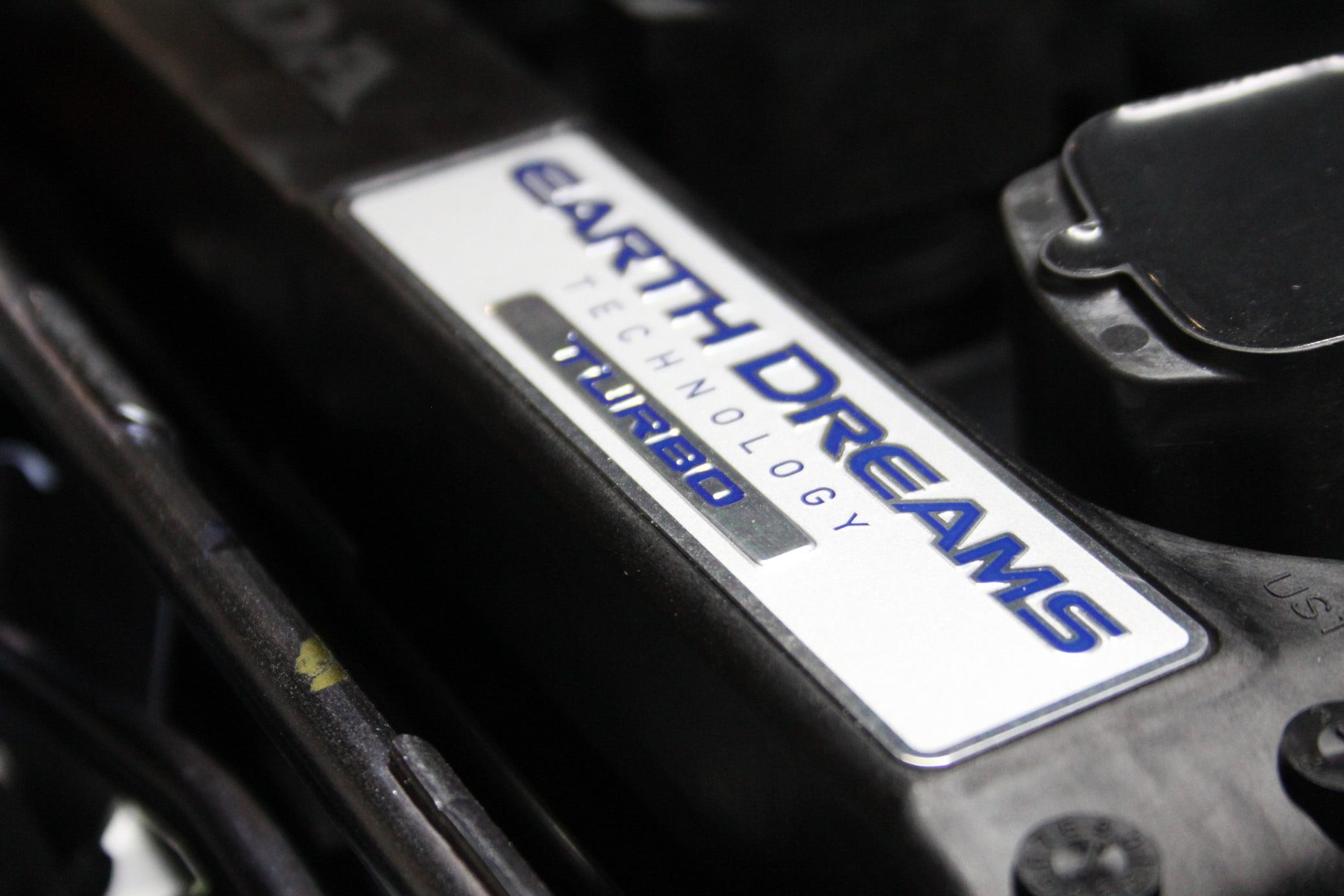Turbocharger compressors like denser air, which is why us car enthusiasts joke about how, although the winter is the motorsports off-season, it's peak "boost" season. Cars with forced induction love the colder, denser climates because by driving in colder weather, the turbocharger or supercharger gets fed a bit more air than in warmer weather. That's why you might feel a harder punch from the gas pedal in the middle of a freezing Chicago December compared to a Daytona Beach July.
Since we don't all boost happily in the Siberian Tundra, the way to replicate this effect is by finding a way to supply more air to your method of forced induction. One way to do so is by making your intercooler piping or charge pipes larger. Larger pipes allow more airflow, which translates to more power. Our lead engineer for this entire intercooler project is very familiar with this idea, before creating larger pipes, we must first evaluate the stock pipes - hot side and cold side - to know exactly what we




